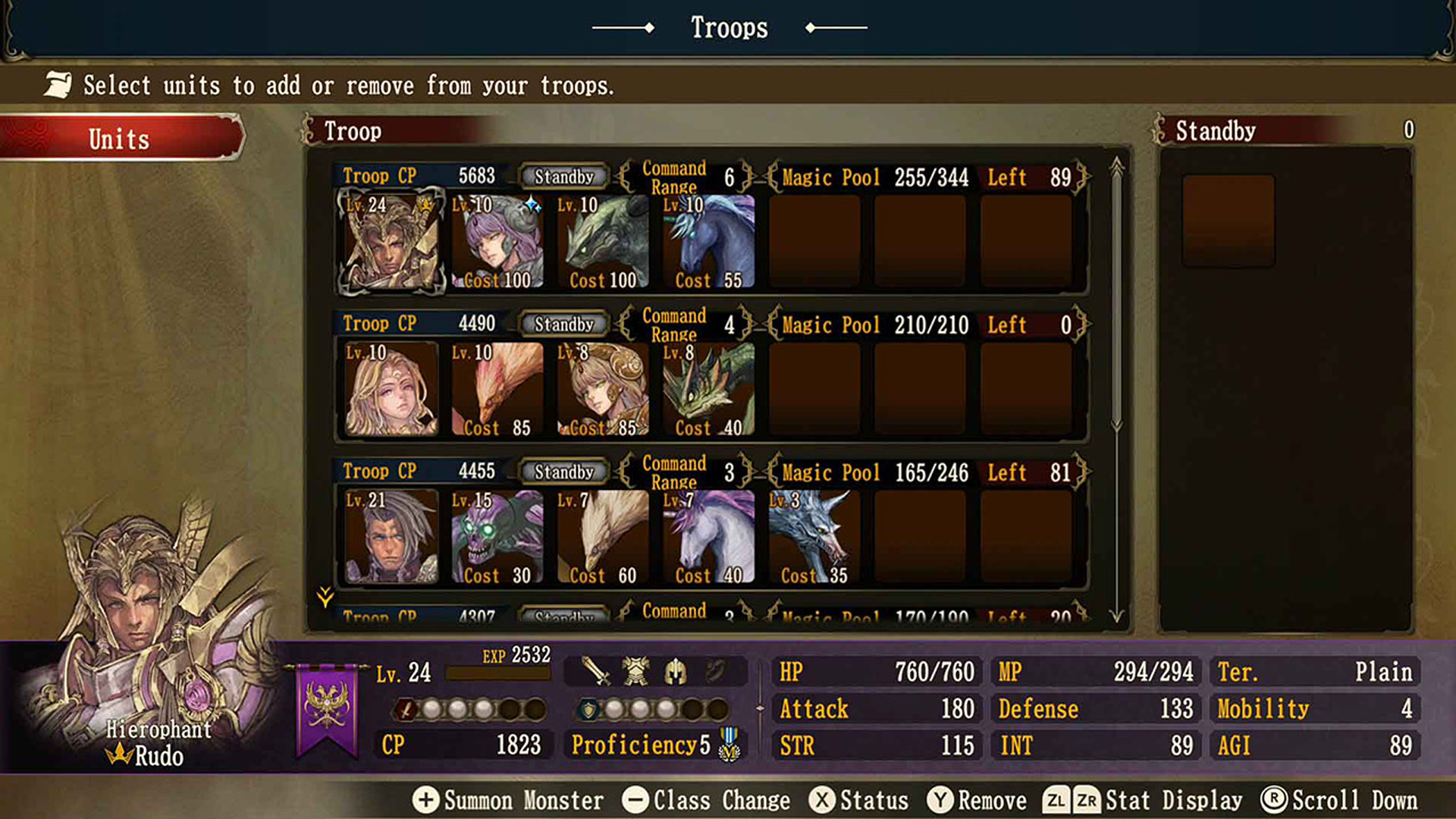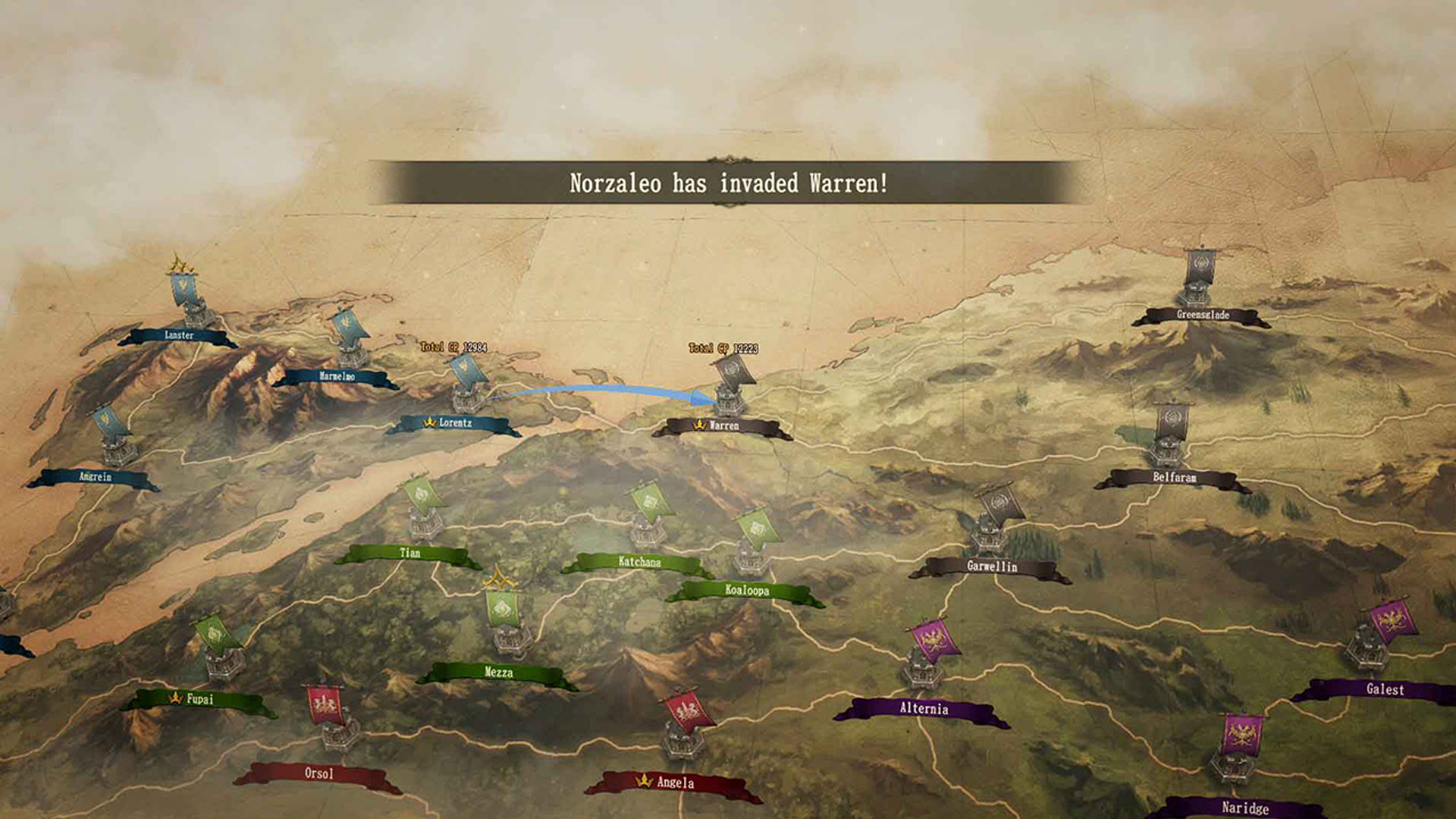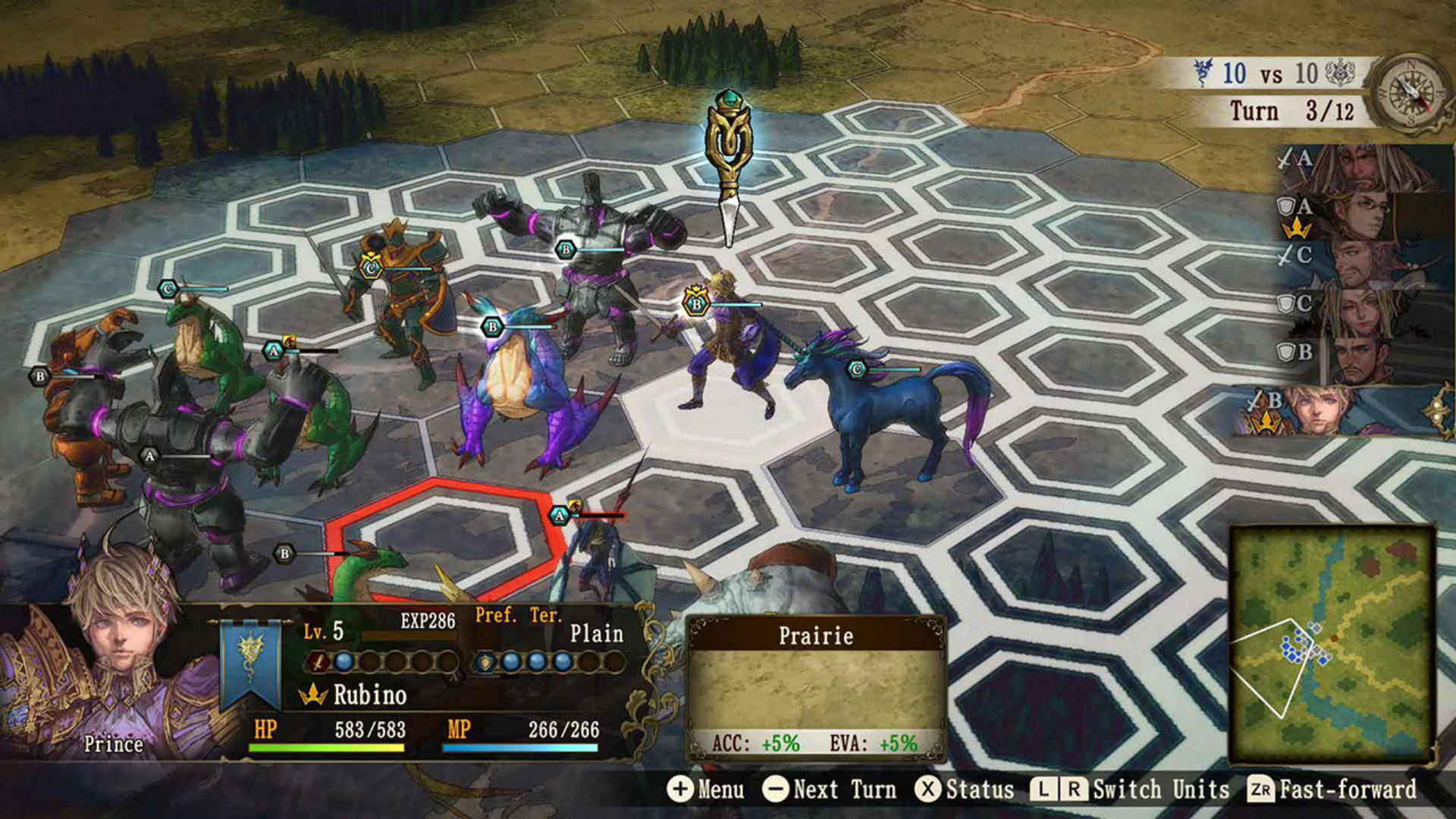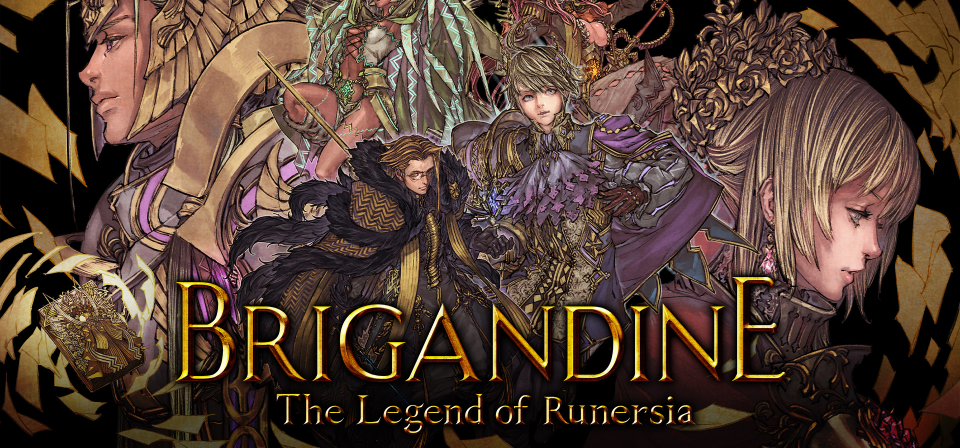The long-awaited sequel to one of the best tactical RPG war games of all-time, Brigandine: The Legend of Runersia doesn’t stray far from its roots.
Type: Single-player
Genre: RPG, Strategy
Developer: Matrix Software,
Matrix Corporation
Publisher: Happinet Corporation
Release date: 25 June, 2020


Overview
Few games have stuck with me over the years as much as Brigandine: The Legend of Forsena. Standing side by side with Tactics Ogre and Final Fantasy Tactics in the Playstation era, my expectations were set high for the tactical RPGs that would follow. Unfortunately, few titles have been capable of meeting these, though my optimism has never wanted and I keep searching for the next great hit.
I was nothing less than ecstatic when I first heard about Brigandine: The Legend of Runersia. Upon release, I dove right in and have been having a blast with it ever since. I won’t say that it’s leaps and bounds better than its predecessor, though weighing its pros and cons makes it easy to claim that it’s a worthy sequel.
New Conquests, Similar Foes
Runersia is a continent that’s divided up among six factions: the Holy Gustava Empire, Norzaleo Kingdom, the Shinobi Tribe, Republic of Guimole, Mana Saleesia Theocracy, and United Islands of Mirelva, each of which has a legendary artifact known as a Brigandine, excluding the empire. I’ve spent most of my time playing as the Holy Gustava so far, a nation that denies the faith and cultures of the other countries while seek to claim the brigandines for themselves. Norzaleo is an island kingdom that holds the Brigandine of Justice who seem to be the primary ‘good guy’ faction available. The Shinobi Tribe is a small matriarchal society that holds the Brigandine of Freedom. The Republic of Guimole holds the Brigandine of Glory and represents the Mohana sect of the Rune faith, making them direct rivals of the overwhelming Mana Saleesia Theocracy. This theocracy, on the other hand, is unmatched in its fervor and hopes to spread the Zai sect across the continent with the aid of the Brigandine of Sanctity. Finally, the United Island of Mirelva is an alliance of pirates that has the Brigandine of Ego in its possession.

Every faction is unique in the territory that it starts with and the rune knights that serve it. However, every nation has access to the same rune knight and monster classes outside of the unique ruler classes and the small handful of characters that come with their own. Although every rune knight has their own personality, I feel that they’re less interesting as a whole fr those who are returning to the series. Your first clue will be the Emperor “Tim” or the fey “Kate,” names that are quite a distance away from those like Vaynard and Meleagant of Forsena, though there are still plenty that don’t feel out of place. I can’t help but shake the feeling that the setting overall resonated more with me in the previous title, though those new to the series will likely not feel the same issue as though I might not be as impressed, it still does its job well enough in its own right.
The Legend Continues
My personal setting issues aside, Legend of Runersia is a worthy sequel when it comes to gameplay. The vast majority of rune knight and monster skill trees have been preserved or improved upon, with several having new top-tier classes that didn’t exist in Forsena. Every unit still becomes eligible for an upgrade at the tenth level with most now having one at twenty as well. Griffins and scorpions were unfortunately cut for those who like having many options, though the new class trees have created a smoother feeling leveling and army building experience with fewer trees, but more upgrade options. Nostalgia is the only place I’m hit here, so realistically, the gameplay changes were welcome overall.
The world map takes on a different shape to suit the new continent, though not much has changed here. The organization phase of each season is where you’ll be summoning new monsters to serve your rune knights, upgrading and equipping units, marching forces where they need to be, and sending rune knights on quests for a variety of rewards. The attack phase is where you’ll be ordering your invasions and defending from those of your enemies. There’s no such thing as diplomacy here, so you’ll have to keep an eye on your borders throughout the entirety of the war.

Combat is hex-based and has both sides controlling large numbers of units. It can be challenging at times, though it tends to be more from the raw strength of your opponent than any brilliant maneuvering by the AI. Still, I had a good amount of fun with it and usually played at least five battles at each sitting. There have been a few tweaks to combat, such units and terrain effects being balanced and more varied across the roster, though my only real complaint is once again nostalgia-based and entirely a preference. I miss the close-and-personal cinematic combat scenes that would take place when one unit attacked another in the original. Although they had zero impact on gameplay, it was cool to see units duking it out with graphics far superior to what you’re used to with the more simplistic look of the battlefield map. Granted, the units look much better than they used to, though there’s still plenty of room for improvement given modern technology.
A pleasant surprise came in the form of voice acting this time around, which certainly added a more cinematic feel to the title. Unfortunately, it’s only in Japanese, so if you would prefer another language, you’re out of luck.

Verdict
Brigandine: The Legend of Runersia is just about exactly what you would expect in a sequel. The core gameplay returns as strong as ever with a few improvements to build on some of the weaker areas of the past. A new setting breathes life into the narrative skillfully enough, even if I do personally prefer the old world and characters. Outside of that, English voice-overs and a more cinematic approach to combat are the only boxes that have been left unchecked. It’s a great game, a worthwhile successor, and I can recommend it to anyone who’s a fan of tactical RPGs. And hey, if you end up having a good time with Runersia, you may want to look into Forsena as well!










